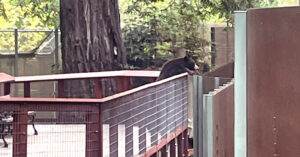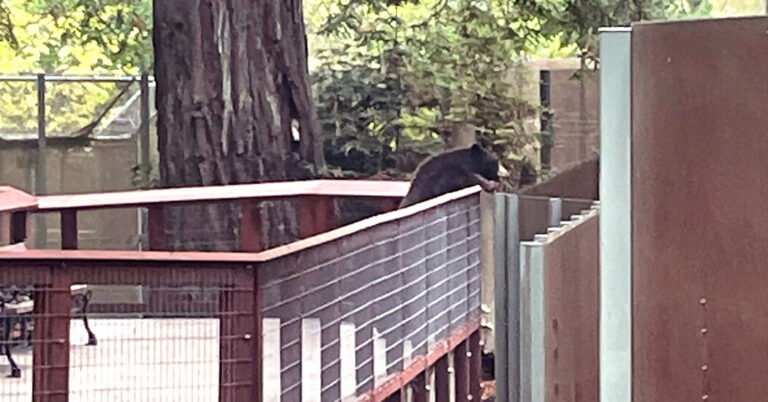Galaxy M87
A powerful jet of particles, propelled by the supermassive black hole at the center of galaxy M87, streams out at nearly the speed of light. This blue jet contrasts with the yellow glow of billions of stars in this Hubble telescope image. M87, 50 million light-years from Earth, contains a black hole with a mass 2 billion times that of our Sun.
Supermassive Black Hole Burping
The Hubble Space Telescope has captured a supermassive black hole in galaxy SDSS J1354+1327, 900 million light-years away, blowing huge bubbles of hot gas. One bubble expands outwards while an older one fades, creating a spectacular cosmic display.
NGC 1275
NGC 1275, also known as Perseus A, is an active galaxy at the heart of the Perseus Galaxy Cluster. Its dynamics are revealed in this composite image, combining optical, radio, and X-ray wavelengths. The galaxy is known for its radio source (Perseus A) and its strong X-ray emissions due to the supermassive black hole at its center.
Cygnus X-1
Cygnus X-1, a black hole five times the mass of our Sun, is located 10,000 light-years away. Its immense gravity pulls matter from its companion star, a blue supergiant, heating it and emitting X-rays and gamma rays, which can be detected by the Integral satellite.
A Dust-Bound Supermassive Black Hole
Active galaxies have black holes surrounded by dust tori, similar to tornadoes. “Type 1 sources” allow a clear view of the black hole, while “Type 2 sources” have the torus edge-on, blocking our view.
Supermassive Black Hole Seed
An artist’s impression depicts a possible seed for a supermassive black hole. Two such seeds were discovered by an Italian team using the Chandra, Hubble, and Spitzer space telescopes.










